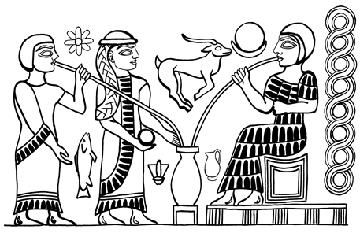I looked around and didn't see an answer to this question: What do you do if your mash doesn't fit in your mash tun?
I have a 5 gal beverage cooler I picked up from Home Depot for $10 (it was missing the spigot, which I intended to remove anyway).
So for my 2nd AG batch ever, I wanted to do the Stone Ruination clone from last month's Zymurgy.
Unfortunately, BrewTarget is telling me to put in :
So, how do I handle this situation?

I like the first one, because it seems easier, but will it work?
Thanks
I have a 5 gal beverage cooler I picked up from Home Depot for $10 (it was missing the spigot, which I intended to remove anyway).
So for my 2nd AG batch ever, I wanted to do the Stone Ruination clone from last month's Zymurgy.
Unfortunately, BrewTarget is telling me to put in :
- 4.87 gal for mash in
- 1.5 gal for mash out
So, how do I handle this situation?
- Mash in twice with 2.4 gal each, then mash out, and one sparge after?
- Separate mashes with 1/2 the grain and half the liquor? That would also require two sparges, right, which seems ... like more work than I want to do
I like the first one, because it seems easier, but will it work?
Thanks



